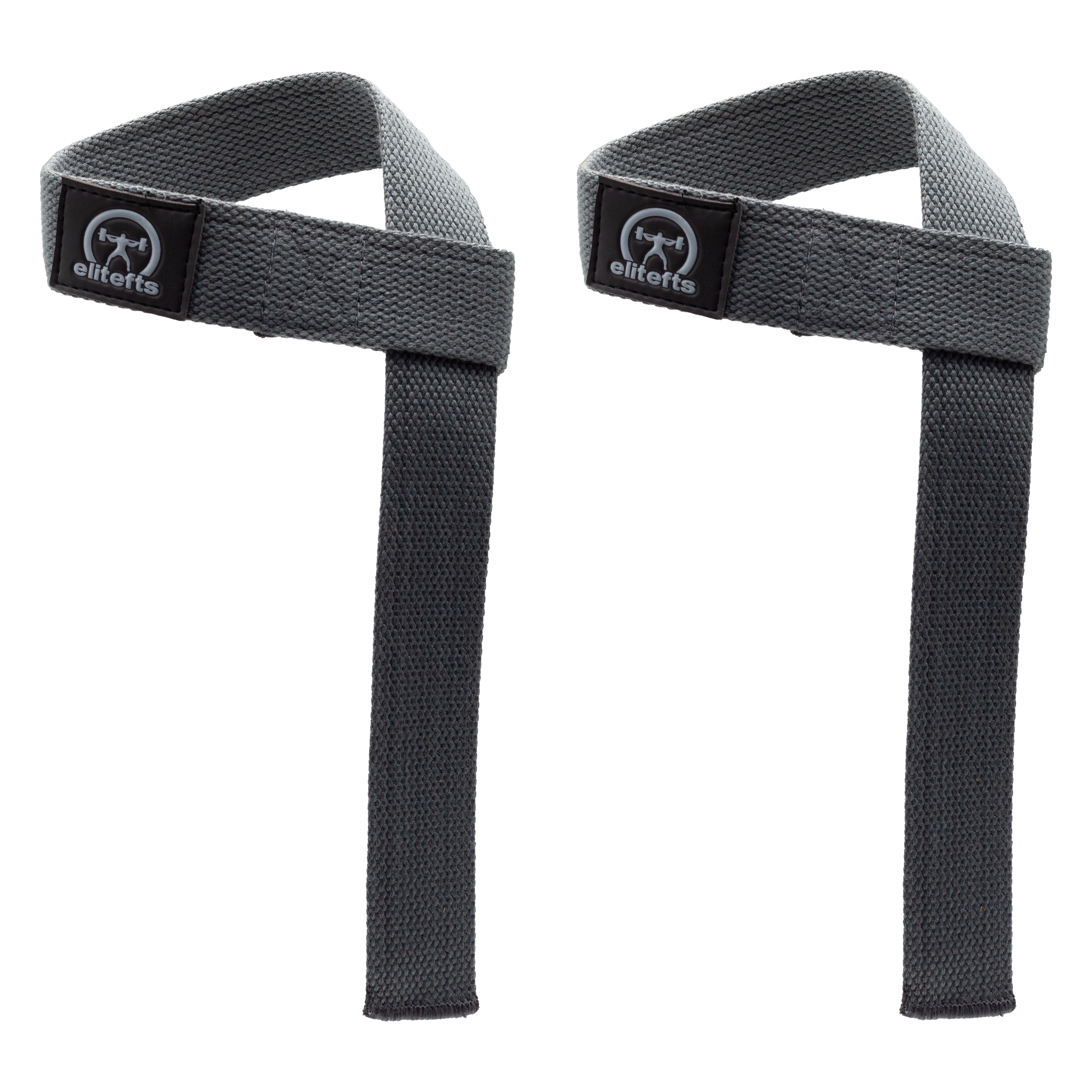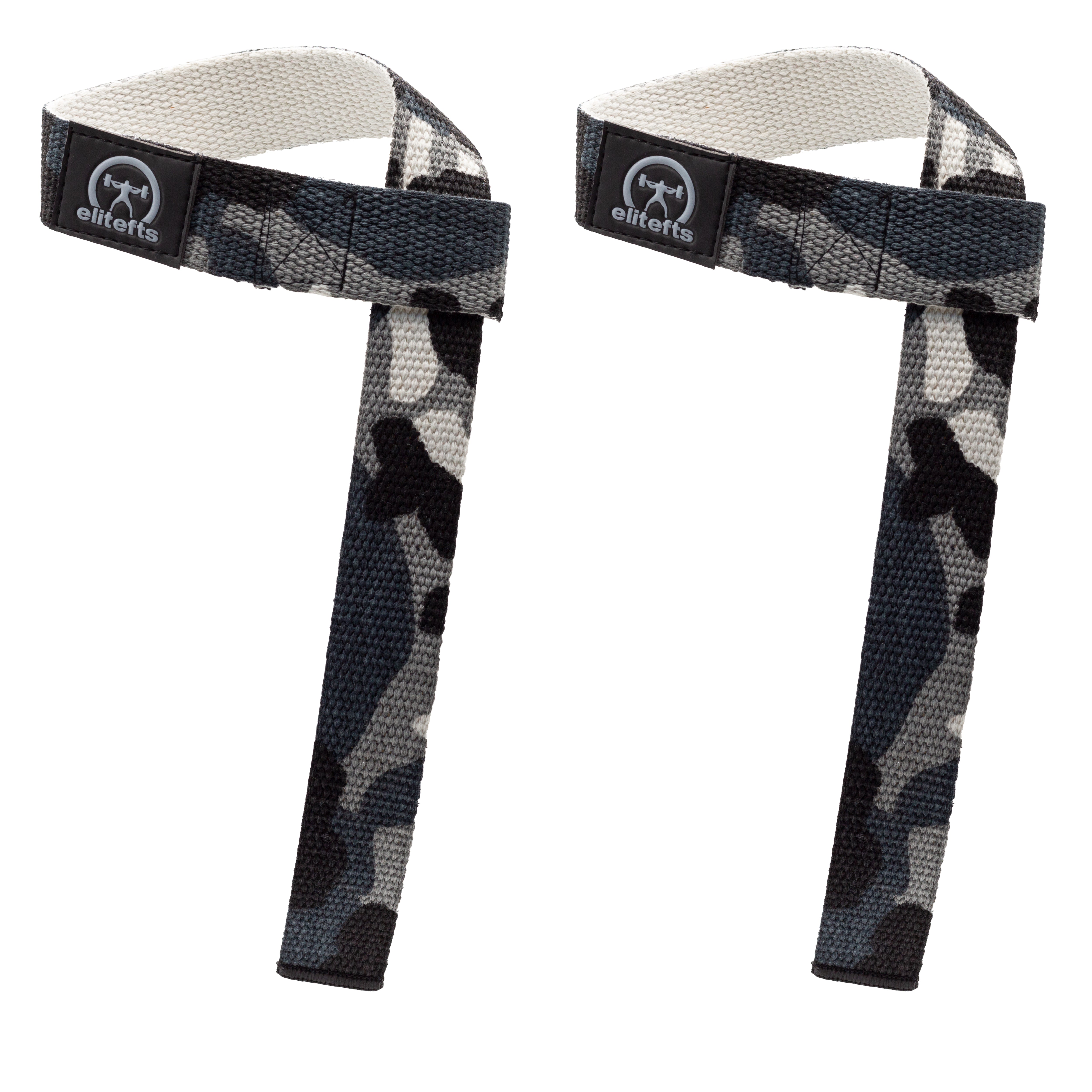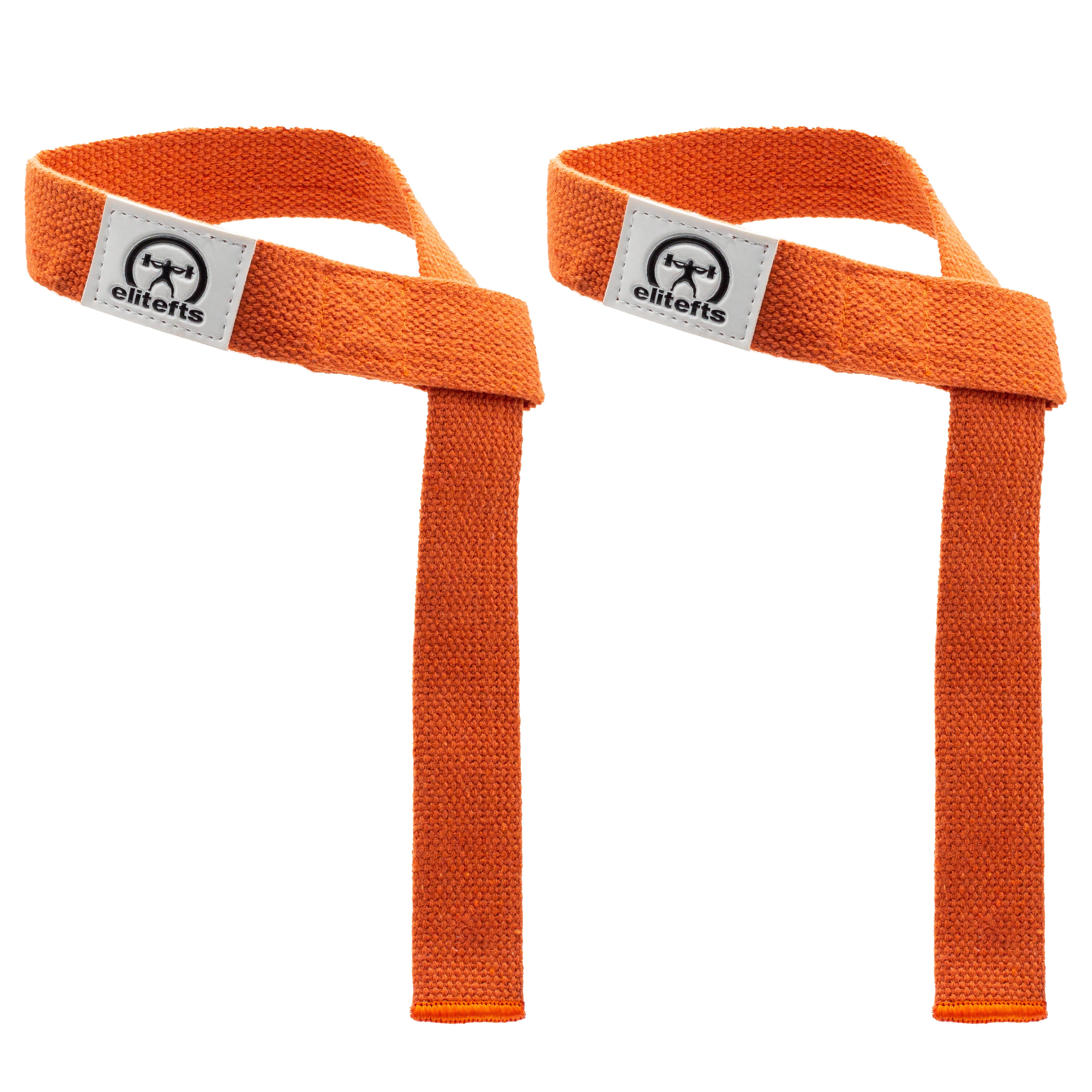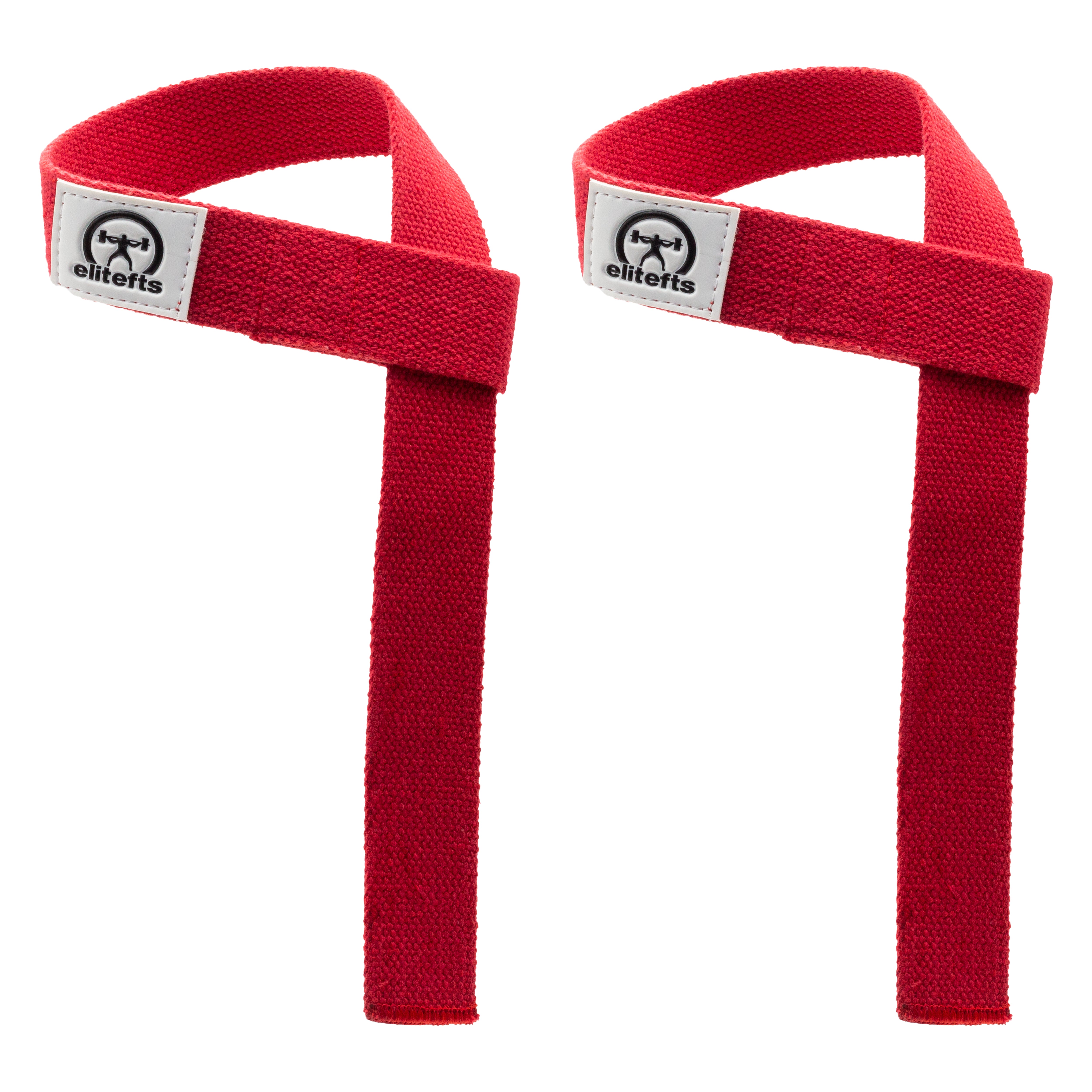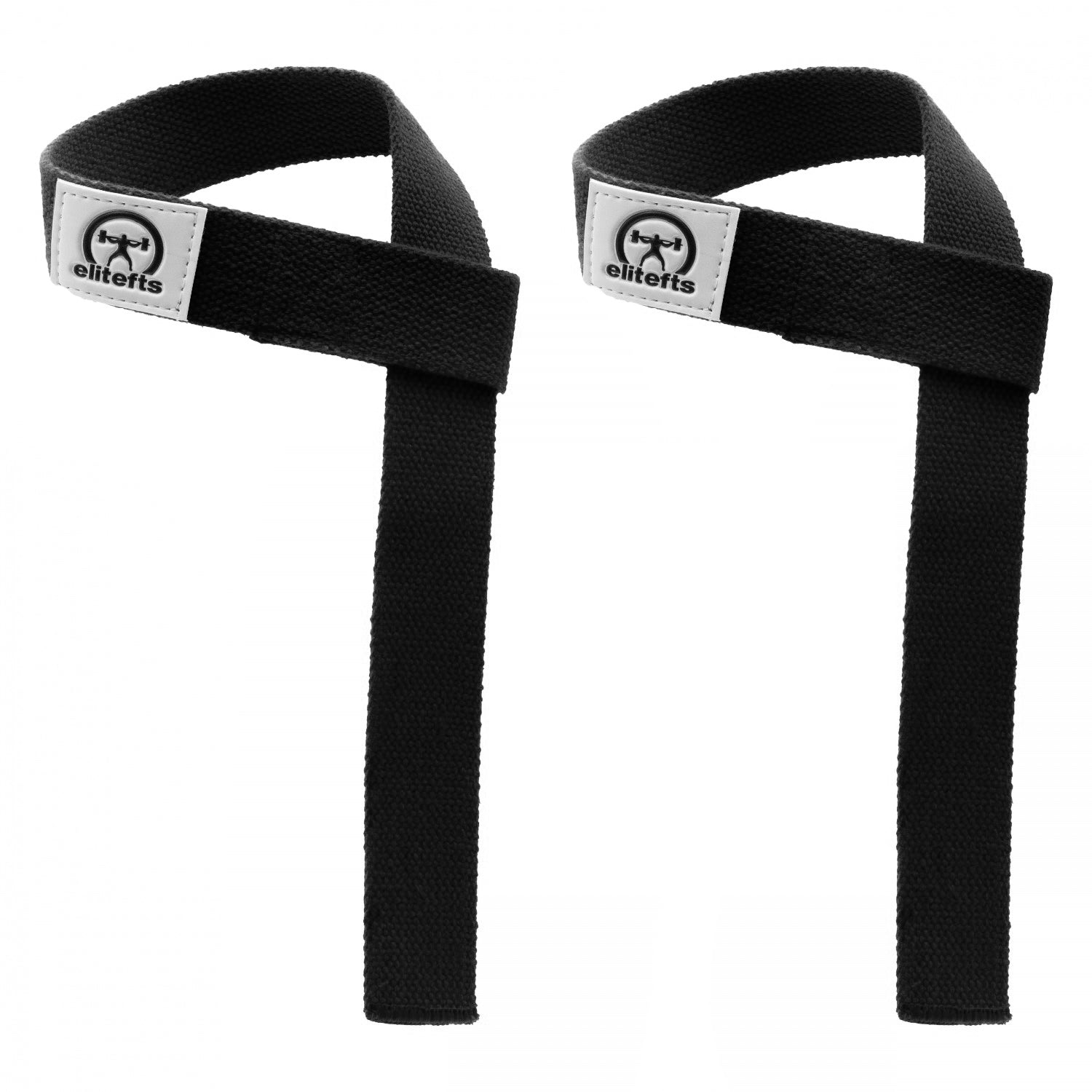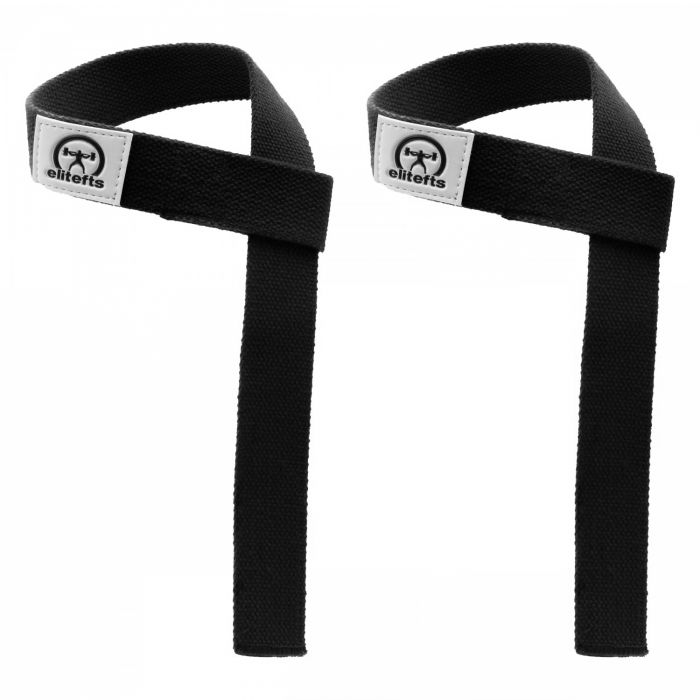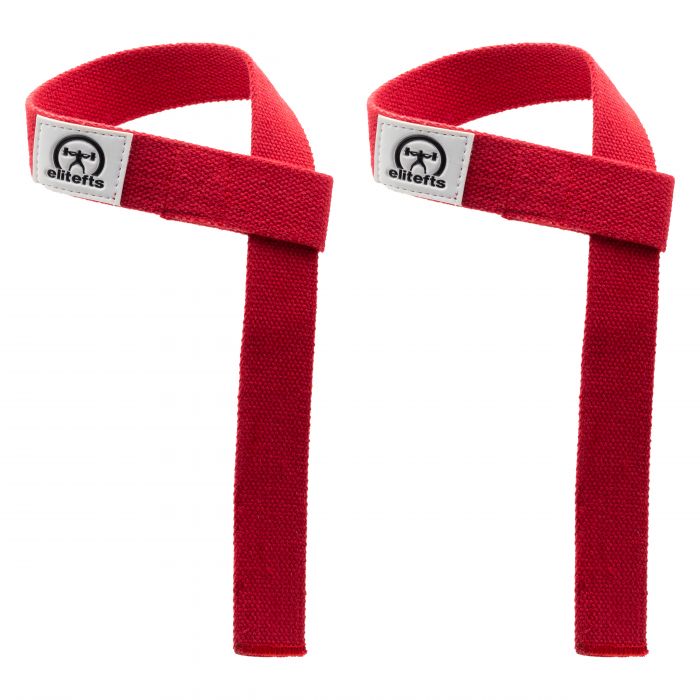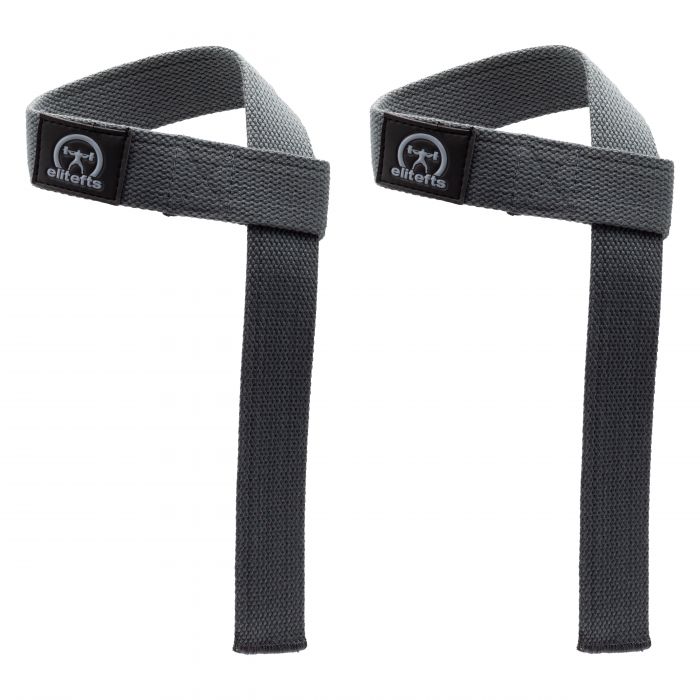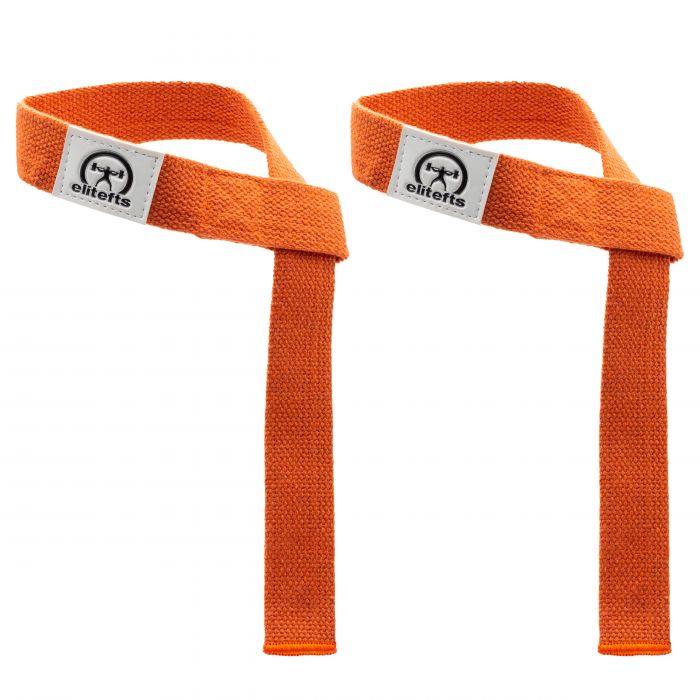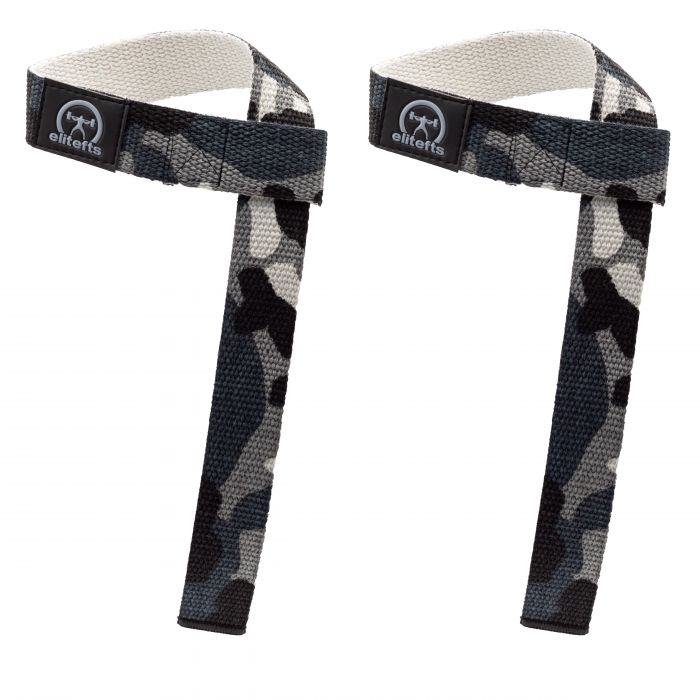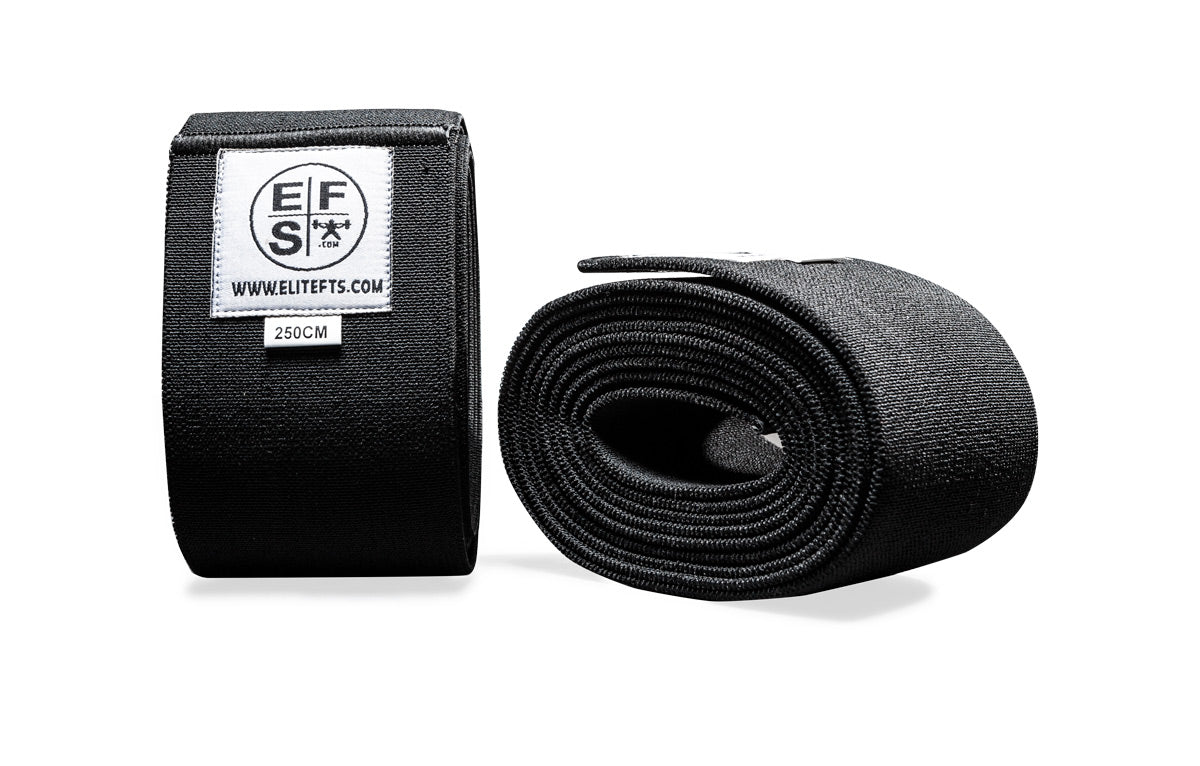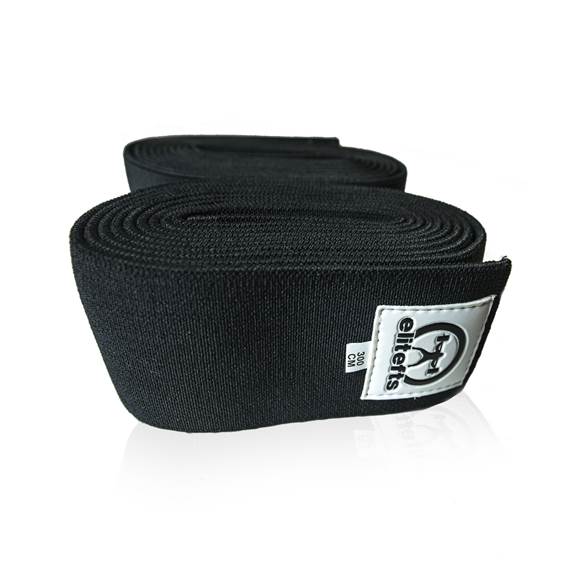As I have matured as a coach, I've gradually started to be more discerning in the movements that I have athletes use in the weight room. I've also started to really analyze the amount of volume or the intensities used in these exercises and at what points in the year they are used. The reason for this is that any of these movements bring about certain training effects. If incorrectly dosed, they won't bring about the effects you might be looking for.
In this article, I'll discuss the common misconceptions around exercise selection and how I have come around from where I used to be. The point of all this is to show the importance of evolving as a coach and finding the most efficient ways to get the desired results in sports. Everything outside of that goal is irrelevant.
Squat depth for athletes
I'll preface this by saying that I'm probably going to piss some people off. I didn't expect the backlash I received for the whole counterpoint to the “strength coaches don’t care about making athletes strong” thing I wrote last year, but this is something I know people take personally.Before I get into this, I'll describe my stance and how it has changed. When I first got into this, I was a diehard box squat guy. I believed it was the only way to teach athletes how to squat, and I also talked about the virtues of being able to control depth and ensure parallel squats on every rep (granted that the athlete has the strength and proper pelvic alignment). I also waved in free squats and stressed parallel or below depth for those who were capable. After all, if it wouldn’t get 2–3 white lights, what good was it?
However, I gradually started to read more information about training within the needs of a sport and analyzing the biomechanics of movement and what occurs in competition. I recalled
James Smith talking about the half squat as being the most that would ever be needed by most team sport athletes and, by reading the works of Bondarchuk, Verkhoshansky, Yessis, Buzzichelli and so on, I saw that this sentiment was echoed. From here, I started to look at what was really going on in football. The players who will have the highest degrees of knee bend are offensive and defensive linemen. By watching film, practice and games, it's easy to see that they won't have a knee angle closer than 90 degrees. Additionally, watch where skill players play and you'll see that they play much higher than this, even if playing “football” low. The requirements of the sport or any of the skills (sprinting, jumping, cutting and blocking) that these positions use don't involve deep knee bending.
The common argument about all this is that using partial ranges of motion can lead to more injuries. But who decides what a full range of motion is? For a person from a powerlifting background, he is most likely talking about a squat that passes by common standards. Without getting into federation related politics, this is defined by almost every rule book as the crease of the hip breaking parallel with the knee. However, for a person with a weightlifting background, this may still be considered a partial range of motion in comparison to what is commonly recognized as a full “Olympic” squat. So now this becomes an issue of whose rules we are playing by, which again really don't mean a lot to athletes in other sports.
This argument usually turns into squats to anything other than these lifts with “full range of motion” must be used with loads that are so great that they will indubitably lead to lower back or knee injuries. However, on a question referencing this on the
Q&A, James Smith brought up a good point and said that no one is forcing the athletes to use loads that are this heavy. A knowledgeable coach should still be watching that the movement is performed in an orthopedically sound fashion, not a sloppy one. Additionally, these lifts should use loads that are appropriate to the desired training effect anyway. This doesn't mean that they must use loads that are far in excess of what can be performed with the accepted “full” range of motion.
The argument that also comes up is that by not squatting to “full” depth, an athlete will develop tight hips and weaknesses in certain ranges of motion and certain muscle groups. Correct me if I'm wrong, but most coaches usually address mobility in dynamic warm ups. Additionally, other exercises besides the barbell squat are most likely performed, so the arguments of weakness in the range of motion or muscle groups are somewhat a moot point. Usually, people will always throw hamstrings into the equation, but by viewing the EMG analysis of the squat compared to other common staples of most coaches, it is easy to see that many other lifts involve the hamstrings to a much greater degree. Additionally, if athletes have been sprinting with correct form, the hamstrings are most likely getting plenty of stimulation.
With all this being said, I'll say that I do include parallel squatting in my programs. Coaches such as Verkhoshansky and Buzzichelli have talked of periodization of the depth of squats in either a long-term sense (Verkhoshansky says this in his Special Strength Training Manual for Coaches in regards to beginners learning to squat deeper first and then transitioning to half squats) or a short-term sense (Buzzichelli talks of doing this within an annual plan, with deeper squats used earlier and a transition to quarter squats later on). I also share this opinion but understand that not all athletes will easily adapt to squatting to powerlifting or weightlifting standards. Because of this, alternative measures may be needed for preparatory periods in training.
Focus on strength in the weight room and all other qualities elsewhere
This is somewhat dependent on a few factors, including what the sport is and what it requires. What is defined as strength for a marathon runner won't be the same as what is defined as strength for the lineman in football, which won't be the same as what is defined as strength for the sprinter and so on. There are multiple different types of strength, and these are clearly defined in all the texts that many people reading this site have read. However, the problem is many people will read these definitions and disregard the information to focus only on maximal strength in the sense of squats, benches, deadlifts, Olympic lifts and so on.I know this because I was the same way for a long time. Most sports don't require only lifting barbells for one-rep maxes. In fact, I can only think of two that have this as an absolute requirement of the sport. However, the use of these disciplines can be a general modality to develop strength as a precursor, even though this is limited depending on what is needed for the sport.
We need to examine the different kinds of strength involved and how much, if any, external resistance must be overcome. To use football as an example, the skill players won't necessarily have as high of a requirement for maximal strength because they aren't overcoming great external resistances. I know someone will argue that they must overcome some when attempting to break tackles and make tackles. However, consider the rate of movement that this occurs at and think about how much of it involves any significant amount of “grinding,” as is done with maximal effort lifting. If athletes don’t have the relevant strength to meet the requirements of their sport (i.e. starting, explosive, reactive), they probably won't be in a position to make these plays anyway. I agree that in order to further develop those qualities, a base level of maximal strength should be possessed, but taking skill players from a twice their body weight squat to a three times their body weight squat probably won't accomplish this.
When reading some of the manuals that talk about this, there are many guidelines for developing all kinds of strength within the confines of the weight room. The problem is most people think of lifting weights as something done only for size and strength, and they don't account for what can be performed besides these tasks. Adding weight to the bar isn't the only goal of lifting weights. The aforementioned
Special Strength Training Manual for Coaches by Verkhoshansky,
Supertraining by Mel Siff and Verkhoshansky and
Triphasic Training by Cal Dietz all discuss this very matter. Additionally, all of this needs to be looked at through the training effects that are needed in a particular order leading up to the competitive season.
I'm not discounting developing maximal strength, but it must make sense to continue to develop it. In the case of young athletes in a sport like football, it will have far greater value than other applications. However, even in this case, as the season draws near, it needs to be examined.































































